U.S. Air Force wants to use A-10 Thunderbolt II attack aircraft along with B-1B Lancer supersonic bombers to destroy enemy air defense systems
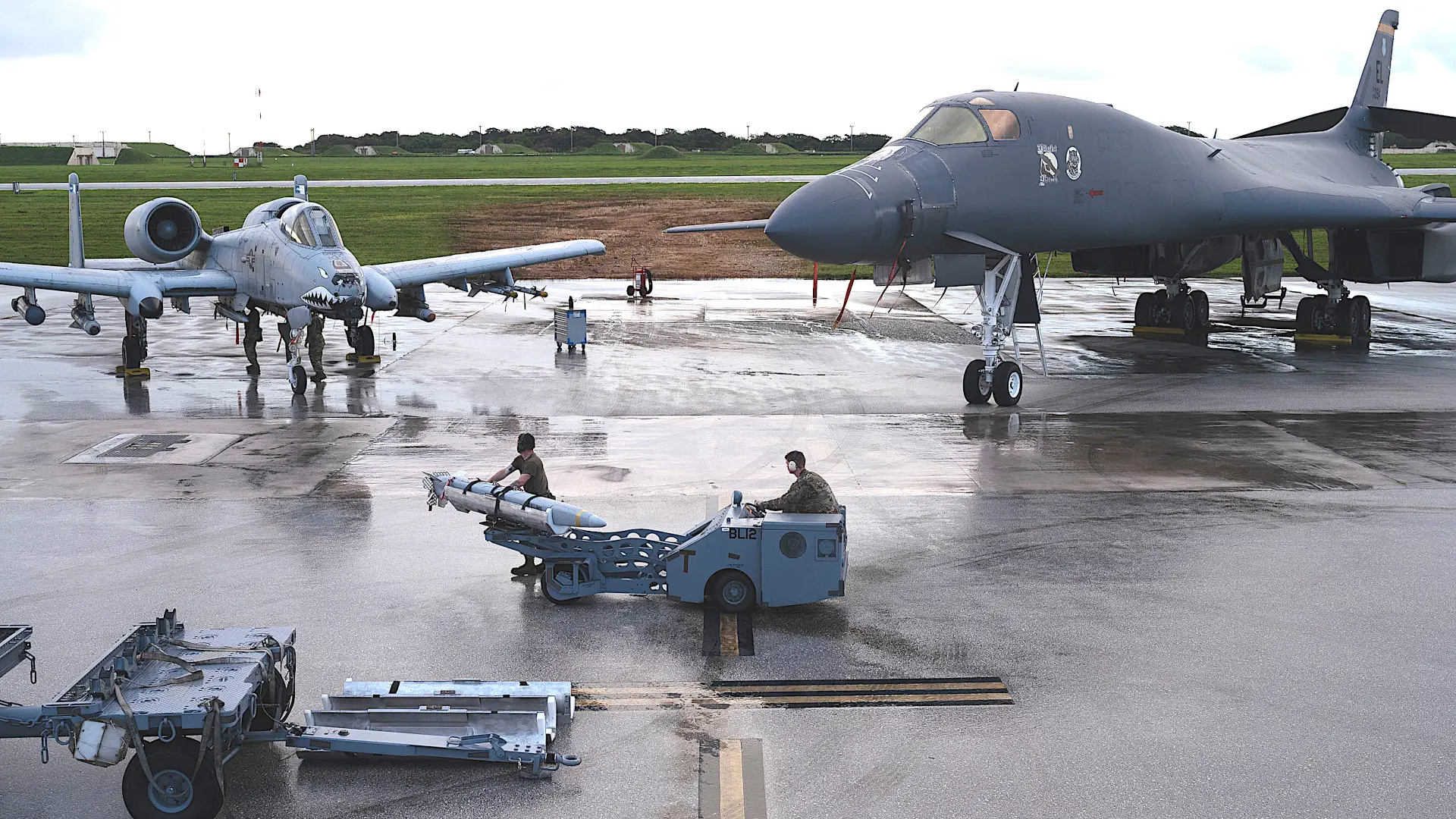
The U.S. Air Force exercises on the island of Guam began using supersonic bombers B-1B Lancer paired with A-10 Thunderbolt II attack aircraft.
Here's What We Know
The U.S. Air Force command wants to get the most out of the Thunderbolt II without investing billions of dollars in them. A way out has been found. The ADM-160 MALD (Miniature Air Launched Decoy) drones will be used to improve the effectiveness of the attack aircraft. These are unmanned aerial vehicles with electronic warfare systems instead of warheads, which are used as decoys. Externally, they resemble conventional cruise missiles.
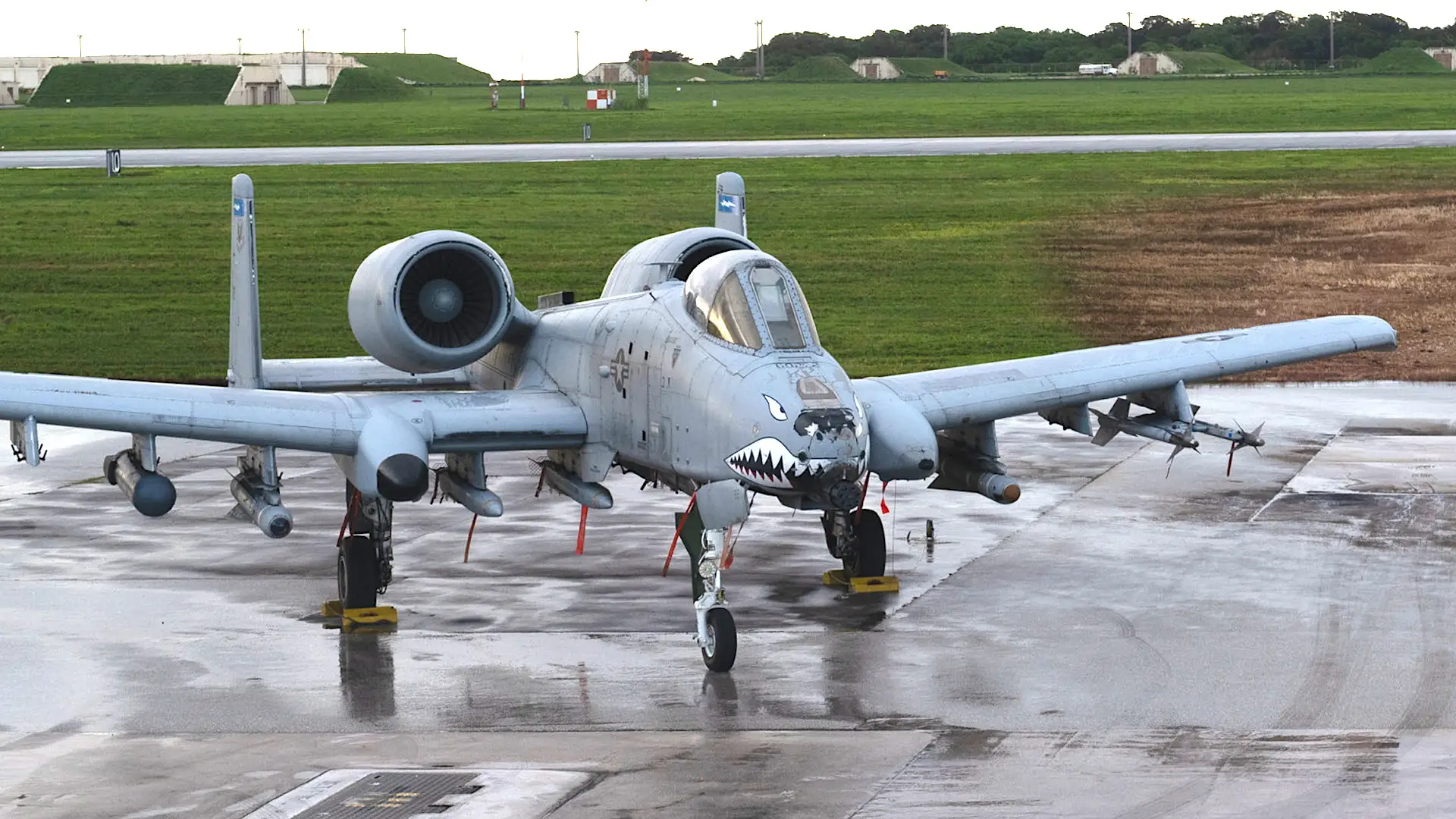
An A-10C Thunderbolt II was seen at Andersen Air Force Base on the island of Guam, along with a B-1B Lancer bomber. Under the wings of the Thunderbolt II, ADM-160 MALD decoys were installed. More specifically, the aircraft is equipped with training versions of the MALDs, which are called DATM-160s.
The ADM-160 MALD is 2.38 meters long and has a wingspan of 65 cm. The flying target can travel up to an altitude of 9 km to a distance of 460 km. The weight of the unmanned aerial vehicle is less than 50 kg.
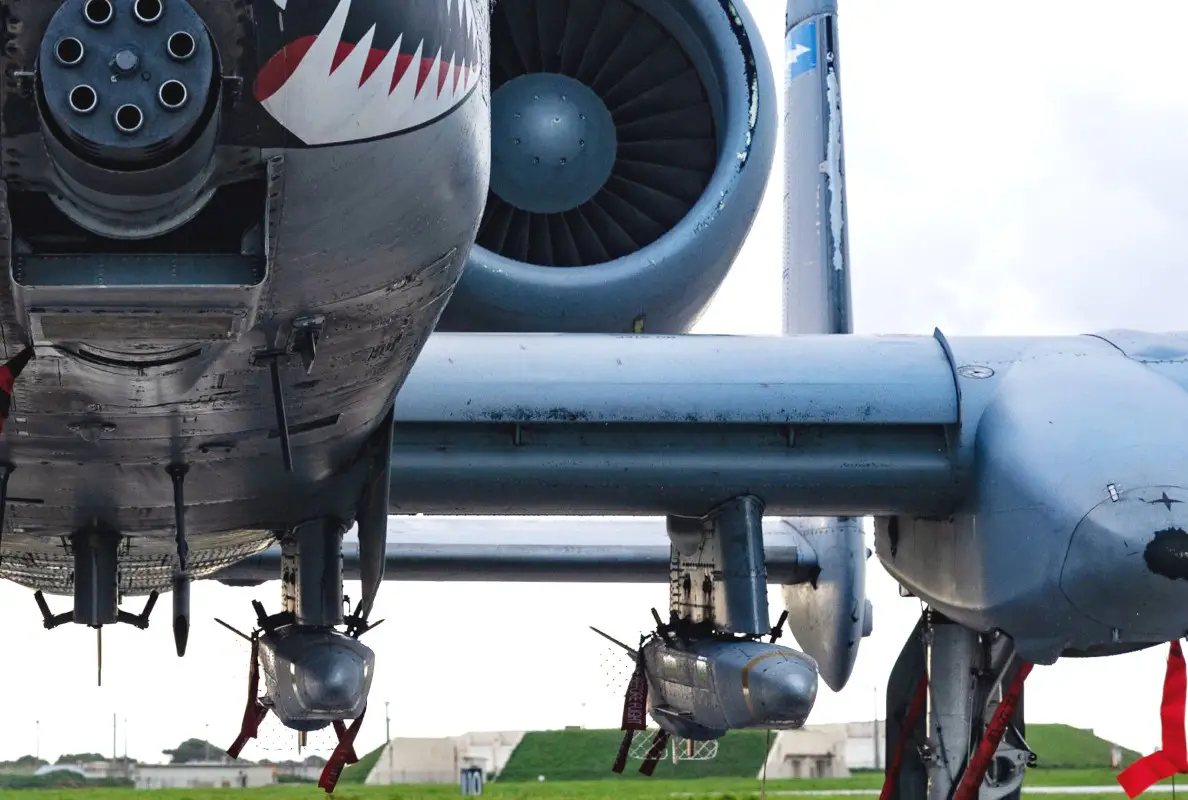
The U.S. Air Force sought to integrate the ADM-160 on the A-10C Thunderbolt II to improve the survivability of attack aircraft and to expand capabilities in larger conflicts. Drones can jam and deceive radars, making them think missiles or aircraft are approaching from different directions.
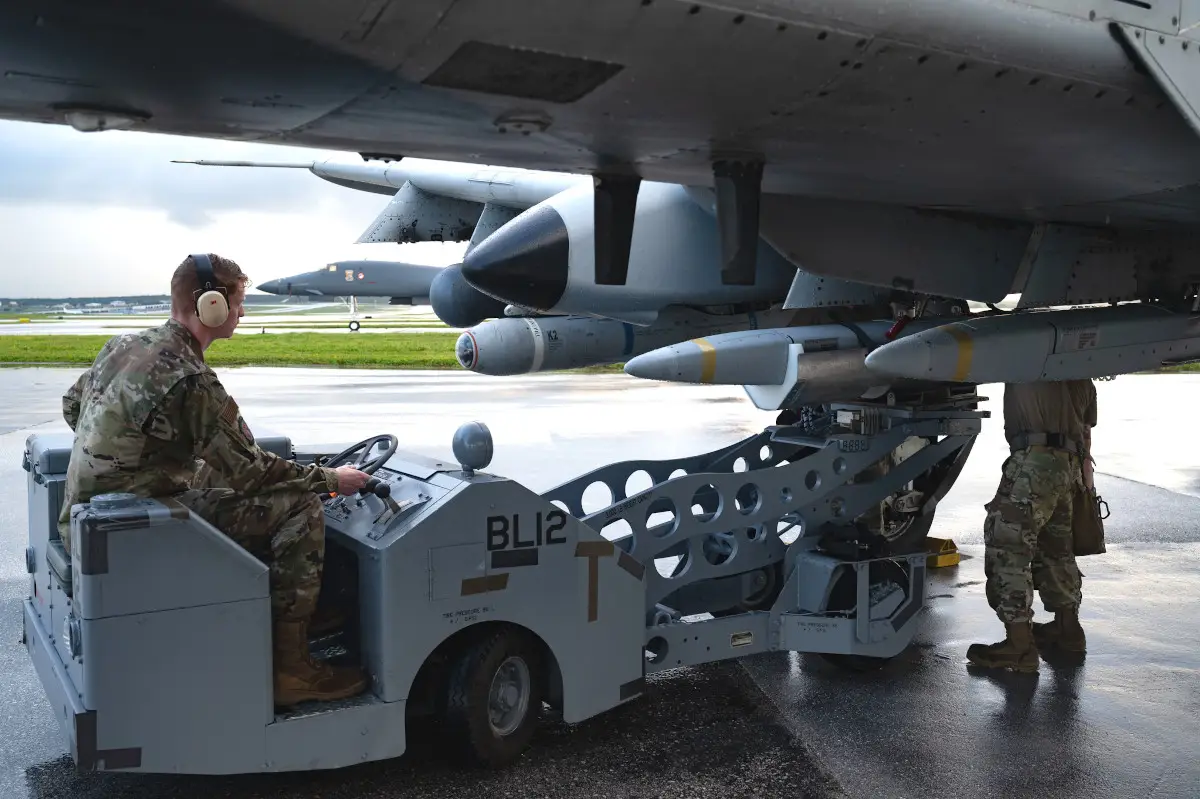
The A-10C has four DATM-160s, two AGM-65 Maverick air-to-air missile training variants, two AIM-9L/M Sidewinder short-range heat-seeking training missiles and a LITENING sighting system. At the same time, the US Air Force command expects that each Thunderbolt II can simultaneously carry up to 16 MALD decoys. The same number of UAVs can be loaded on the B-52 Stratofortress strategic bomber, and the fourth generation F-16C/D level Viper fighter can carry four ADM-160 units.
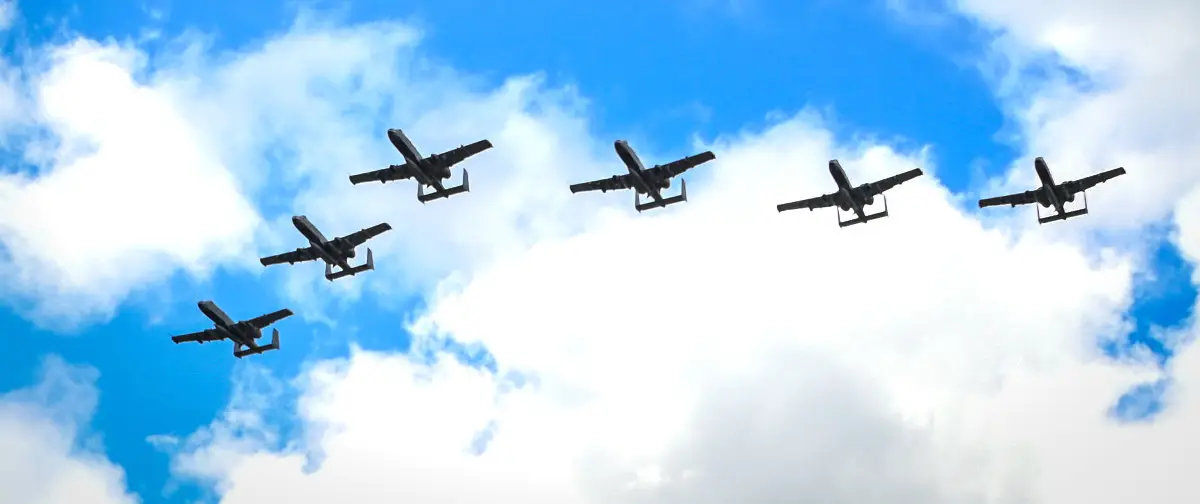
In a future conflict, the U.S. Air Force may use the Thunderbolt II to launch MALD salvos from one or more directions. False targets would identify enemy air defenses and clear a path for the B-1B Lancer. As you can see, even with the sunset of the A-10 career, the U.S. military is trying to find a way to make the legendary attack aircraft with the nickname Warthog useful even 50 years after its first flight.
Source: The Drive